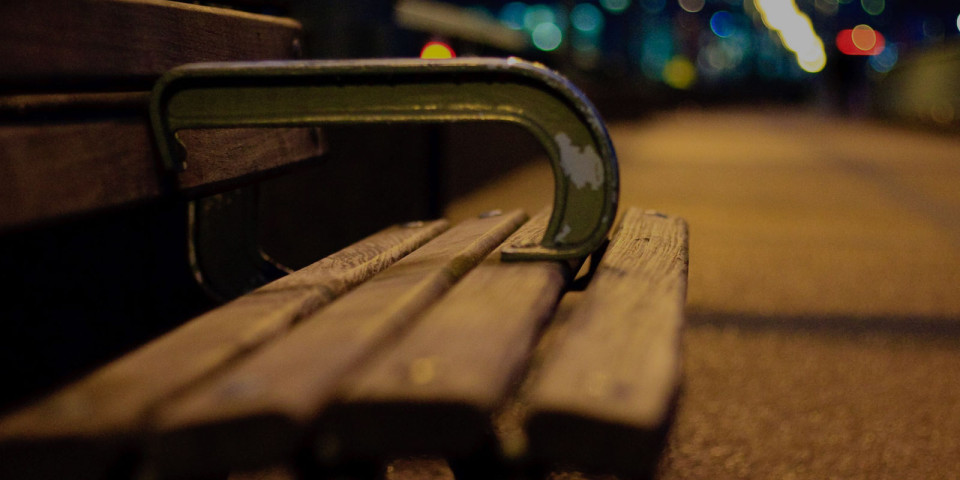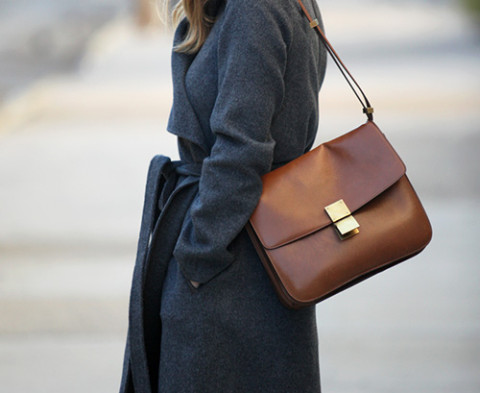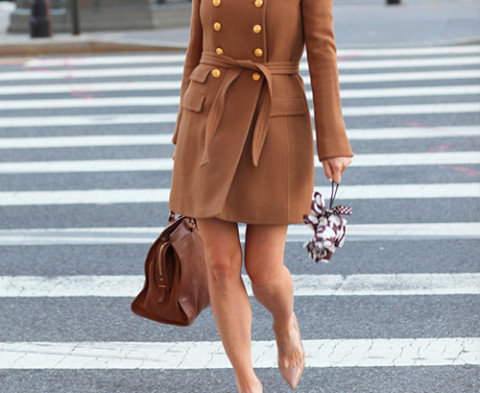What do you make on those nights when you’re tired, starving and just want something yummy before watching Homeland? We’re super basic cooks, so we’ve come up with a rotation of quick meals. We usually turn to Real Simple, since their recipes are legitimately easy with only a few ingredients. Then Alex will cook while I lean against the counter, drink white wine and chat:) Here are the 10 dinners we’ve made a million times at home, and I’d love to hear yours…
What Quick Dinners Do You Make at Home?
BY Constance Connie Byrne 13 décembre 2018 Découverte
Hello world!
BY Constance Connie Byrne 25 mars 2015 Uncategorized
Welcome to WordPress. This is your first post. Edit or delete it, then start blogging!
My Favorite Outfit Combinations
BY Constance Connie Byrne 11 septembre 2014 Découverte
Last weekend, I had such a great weekend celebrating his birthday. Aside from getting to hang out with some of our closest friends, we finally went to see The Book of Mormon! I was afraid it wouldn’t live up to the crazy hype surrounding it, but we really loved it! Rent is still my all time favorite, but this one, along with Wicked, definitely makes my top three. What are some of your favorites?
I wore my new trench, a recent find from the Express outerwear section, which I’m always a fan of. They have a great selection of both trendy and classic pieces, without having to break the bank. Remember this coat from last year? Paired it with my high waisted jeans and this nifty little convertible backpack.
I Hear The Fragile Beauty of Mortal Earth
BY Constance Connie Byrne 10 septembre 2014 Uncategorized

In this composition, the composer strived for a similar experience of encountering an (musical) object. This quest led to a research-oriented approach towards the musical material – an approach in which the chosen musical material is employed as a singular object investigated several times throughout the time-continuum of the piece.
This interaction creates more tension and concentration through constant listening & cueing between musicians and this, in turn, introduces ‘the second dimension’ to the piece.
In other words, the musical material is regarded as a prism viewed from different angles and under different lightings. Hence, the musical material is not used as a departure point that would ‘lead somewhere’; an entity that needs to be ‘developed’, ‘processed’ and eventually ‘transformed’ into something else.
- « Précédent
- 1
- 2
- 3
- 4
- Suivant »







